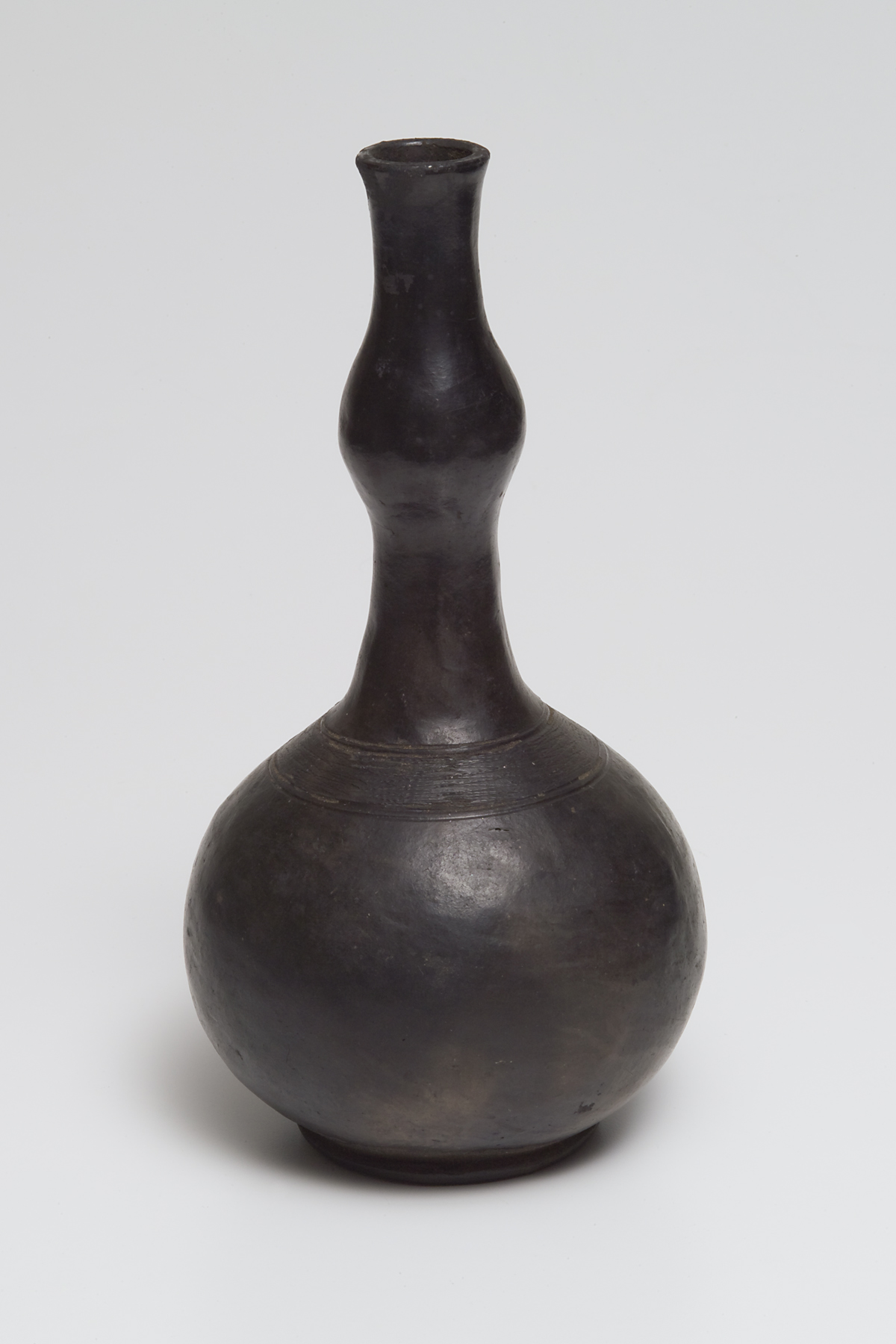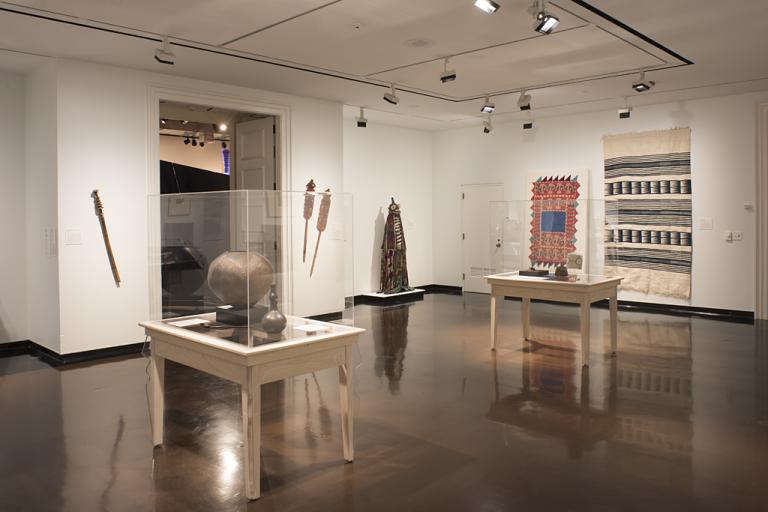bottle, unrecorded Ganda artist
Artwork Overview
unrecorded Ganda artist, artist
bottle,
1925–1990
Where object was made: Uganda
Material/technique: impressing; incising; ceramic
Dimensions:
Object Height/Diameter (Height x Diameter): 30.5 x 16 cm
Object Height/Diameter (Height x Diameter): 12 x 6 5/16 in
Object Height/Diameter (Height x Diameter): 30.5 x 16 cm
Object Height/Diameter (Height x Diameter): 12 x 6 5/16 in
Credit line: Anonymous gift
Accession number: 2020.0136
Not on display
If you wish to reproduce this image, please submit an image request



